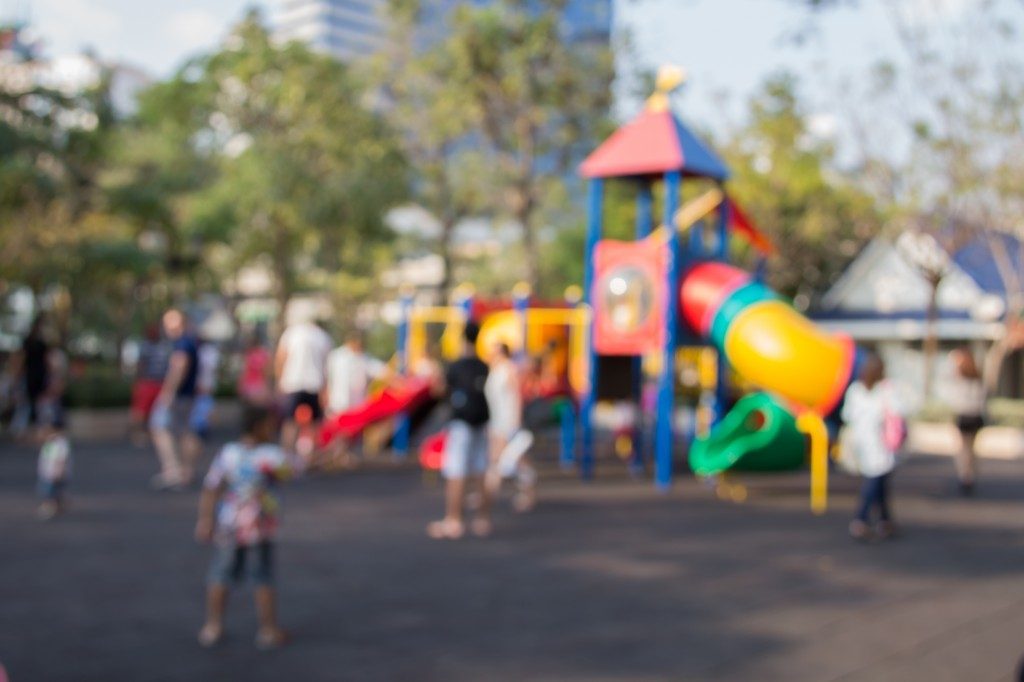Playing in playgrounds is a vital part of growing up. This is where kids learn a lot of important life skills for the future. From learning how to negotiate with people to developing the motor skills, the impact of well-planned and well-designed playgrounds on the lives of tiny humans cannot be overestimated. This is why when you are planning a playground upgrade, it’s important to make sure that any equipment you add to the playground has creative value. Here are some ideas:
Musical playground instruments
For many children, their first introduction to music is going to happen at the playground. Installing musical playground equipment, such as large drums, xylophones, and pianos, is going to let children experiment with notes freely. You can also put in a microphone so that kids can sing and play music at the same time. Playing with musical instruments at an early age will improve their concentration and brainpower. They will also learn the value of collaborative creative processes and sharing. They will have to share the instruments with other children their age.
Physics-related instruments
Kids have a naturally curious mind, and they are drawn to physics-based playground equipment. What’s a better place to learn about physics than a place full of swinging, springing forces? Teach them about balancing using ropes specifically designed for that purpose. Include things for them to climb such as poles and ladders, through which they can learn about motion. But also include interactive toys, such as microphones, through which they can learn about how sound travels, or periscopes, through which they can spy on their friends. You can also put in cyclone vortexes so that kids can enjoy watching how vortexes form in water. Placing some basic tools and broken down junk in a corner will give kids the freedom to take things apart and observe how they work.
A nature-based section
Any ideal playground should let children get their hands dirty. After all, they are there to play. Getting down in the dirt will teach your child about nature, while also boosting their immune system. The nature section should have natural elements to play in such as sand, mud, water and grass. You can also put in a small garden in one corner, where children can tend to the plants themselves and operate a community garden. This will boost their scientific knowledge as well as bring them closer in touch with nature.

Art stations
The playground should contain elements that encourage children to engage in arts and crafts. This could be something simple, such as putting in a blackboard where anyone can draw. You can also set aside a wall, where people can make graffiti to their heart’s content. Placing materials such as wood and rocks will allow kids to build sculptures.
An adventure section
Playgrounds should have an adventure section for those wild at heart. This place can have woods, hedges, and dirt to create the illusion of a dense forest. There could be places to pitch tents, as well as firepits monitored by playground supervisors.
There are so many options out there for those who want to build a truly innovative playground. Letting children explore, discover, and create at their own pace are the primary functions of a playground.

